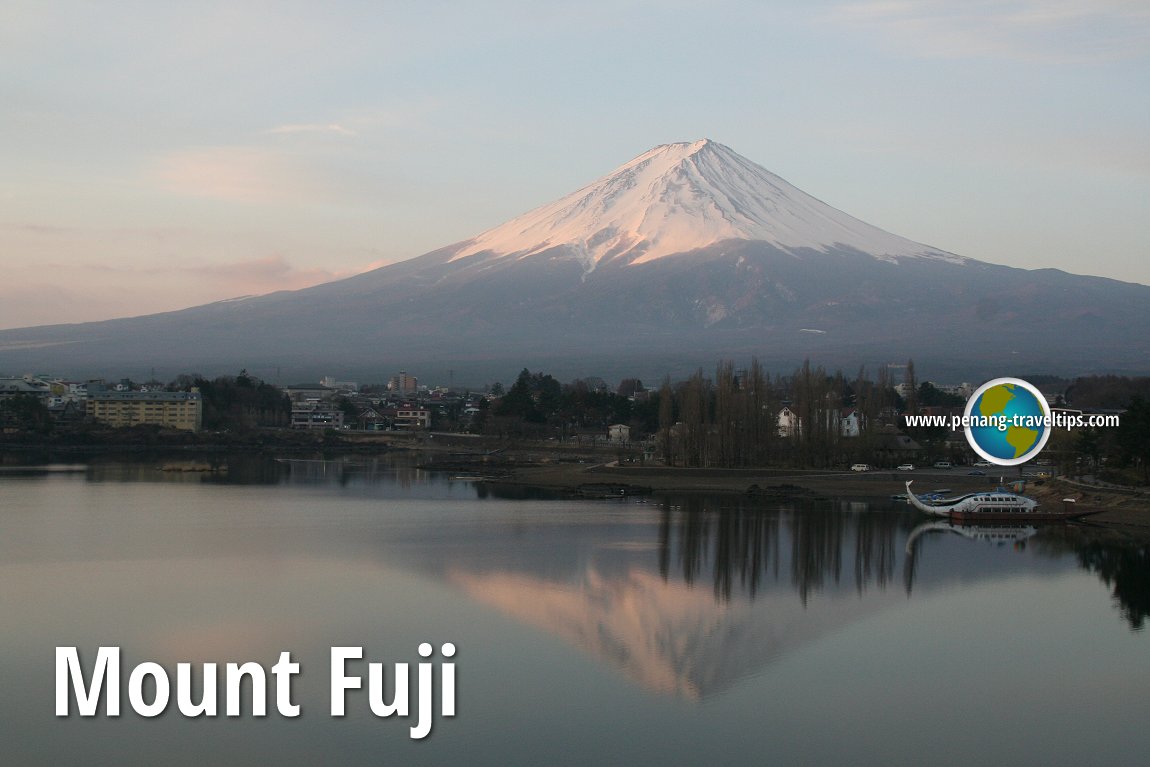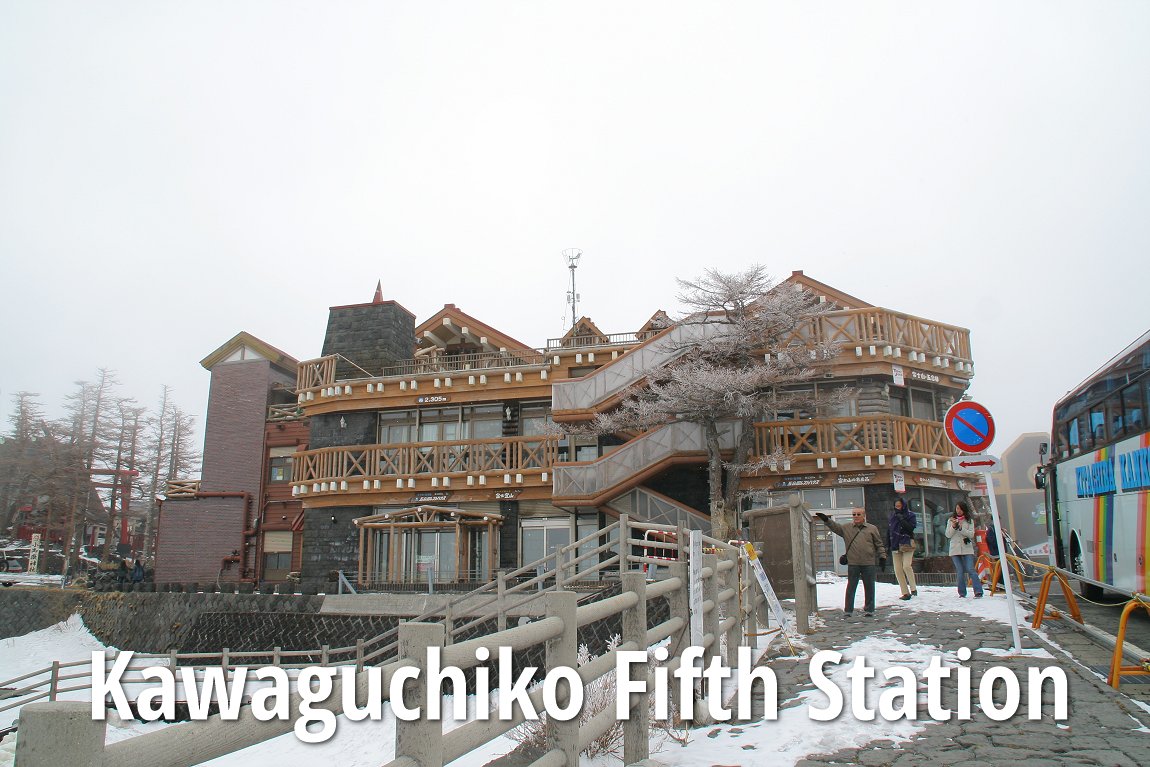 Mount Fuji (4 April, 2008)
Mount Fuji (4 April, 2008)
Mount Fuji is the highest peak in Japan. It is located approximately at the centre of Honshu island, straddling the prefectures of Shizuoka and Yamanashi. In Japanese, it is also called Fuji-san, where the word "san" means mountain. Some non-Japanese people often call it incorrectly as Fujiyama. The word "Fuji" itself means the pinnacle of beauty and grandeur, and for that reason, is often used as a brand name in many instances, ie Fuji Film, Fuji apple, Fuji Lift, etc.
I visited Mount Fuji on a trip I organised. The mountain is 3776m (12,388ft) in height, and we had the chance of going up to the Kawaguchiko Fifth Station, which is 2300m above sea level, and where the paved roads end. From the Fifth Station, one can get to view the cone of Mount Fuji up close.
There are five lakes surrounding the base of Mount Fuji. They are Lake Kawaguchi, Lake Yamanaka, Lake Sai, Lake Motosu and Lake Shoji. You can get a good view of the mountain from these five lakes, as well as from nearby Ashi Lake. The lakes are all situated within the Fuji-Hakone-Izu National Park.
Climbing Mount Fuji
Climbing season is only from 1 July until 27 August. About 200,000 people make the climb every year, of which 30% are foreigners. Going up takes from 3 to 7 hours, which coming down takes 2 to 5 hours.Getting to Mount Fuji
You can take the Keio Express Bus from Shinjuku in Tokyo. The journey is 2 to 2½ hours, and costs ¥2600. To reach the bus station, take the West Exit at the Shinjuku station. Follow the line of bus stops on the left until you reach the Keio building, which is on the corner near stop 26, across from Yodobashi Camera. The bus takes you to Lake Kawaguchi Fifth Station (there are all together four Fifth Stations around Mount Fuji) from where you can start your climb.If you prefer to go by train, take the JR Chuo line to Otsuki. Change train to the Fujikyu line. The Fujikyu passes through Fujiyoshida to Kawaguchiko. From there, you can catch the hourly bus to the Kawaguchi Fifth Station. It takes 50 minutes, and costs ¥1700.
Details on Kawaguchi Fifth Station
DetailsThe chance of having Mount Fuji free from clouds is highest in the morning, hence most people climb in the early hours of the morning, in time for sunrise. Sunrise is around 4:30am to 5:00am. The most popular way is to start your climb at 10:00pm from the Fifth Station, to reach the mountain huts at the 7th or 8th station. These overnight stays at the mountain hut costs ¥5000 without meals, and ¥7000 with two meals. Sleep for a few hours there, and then continuing your climb in time to catch the sunrise.
What to Bring
Hiking Tours of Mount Fuji
Many tour agencies offer 2-day-1-night climbing tours of Mount Fuji. These are expensive, costing about ¥30,000 per person. A day trip "superman" tour costs ¥20,000.List of Mountains in Japan
 Latest updates on Penang Travel Tips
Latest updates on Penang Travel Tips
 Map of Roads in Penang
Map of Roads in Penang
Looking for information on Penang? Use this Map of Roads in Penang to zoom in on information about Penang, brought to you road by road.
Copyright © 2003-2025 Timothy Tye. All Rights Reserved.

 Go Back
Go Back